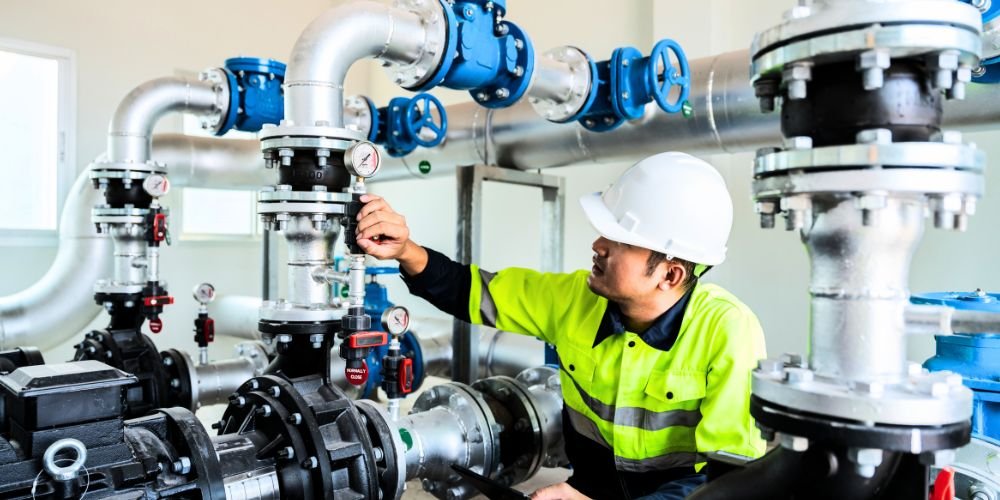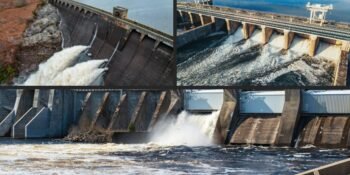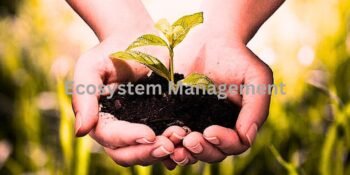Clean water technology stands as a beacon of hope in the quest for sustainable water management and universal access to safe drinking water. This article delves into clean water technology’s innovations, applications, and significance, emphasizing its crucial role in addressing water scarcity, pollution, and public health challenges.
Understanding Clean Water Technology
Clean water technology encompasses diverse innovations and solutions designed to treat, purify, and conserve water resources. From advanced filtration systems to sustainable desalination techniques, clean water technology aims to remove contaminants, reduce water waste, and ensure access to safe and reliable water supplies. By integrating engineering, science, and environmental principles, clean water technology offers scalable and cost-effective solutions to global water challenges.
Water Treatment Processes
Water treatment processes are central to clean water technology, removing impurities, pathogens, and pollutants to meet regulatory standards and safeguard public health. Conventional treatment methods, such as clotting, sedimentation, filtration, and disinfection, effectively remove suspended solids, bacteria, and organic matter from raw water sources. Advanced treatment technologies, including membrane filtration, UV disinfection, and ozonation, provide additional safeguards against emerging contaminants and microbial pathogens, ensuring the delivery of clean and potable water to communities worldwide.
Desalination Technologies
Desalination technologies offer a sustainable solution to water scarcity in arid regions and coastal areas by converting seawater or brackish water into freshwater suitable for drinking, irrigation, and industrial use. Reverse osmosis (RO), multi-stage flash distillation (MSF), and electrodialysis reversal (EDR) are among the most commonly used desalination methods, each with its advantages and limitations. Innovations in desalination technology, such as energy-efficient membranes, renewable energy integration, and brine management strategies, enhance the sustainability and affordability of desalination processes, expanding access to freshwater resources in water-stressed regions.
Water Recycling and Reuse
Water recycling and reuse technologies play a vital role in sustainable water management, maximizing water use efficiency and reducing reliance on freshwater supplies. Greywater recycling systems capture and treat wastewater from household activities, such as laundry, bathing, and dishwashing, for non-potable uses, such as terrain irrigation and toilet flushing. Similarly, advanced wastewater treatment plants employ membrane bioreactors (MBRs), UV disinfection, and advanced oxidation to produce high-quality reclaimed water suitable for agricultural irrigation, industrial processes, and groundwater recharge, conserving valuable water resources and minimizing environmental impact.
Key Components of Clean Water Technology
Clean water technology integrates various components and strategies to achieve water quality objectives, optimize resource utilization, and promote sustainable water practices.
Sensor and Monitoring Systems
Sensor and monitoring systems provide real-time data on water quality parameters, enabling proactive management of water resources and early detection of contamination events. Advanced sensors, such as pH meters, turbidity sensors, and microbial detection devices, monitor water quality at critical points in the distribution system, alerting operators to potential issues and facilitating rapid response measures. Remote monitoring platforms and data analytics tools leverage sensor data to optimize treatment processes, improve operational efficiency, and ensure compliance with regulatory standards, enhancing the reliability and resilience of water supply systems.
Green Infrastructure Solutions
Green infrastructure solutions mimic natural processes to manage stormwater, enhance water quality, and reduce urban runoff pollution. Rain gardens, bioswales, permeable pavements, and green roofs intercept, infiltrate and treat stormwater runoff, removing pollutants and reducing the burden on conventional sewer systems. Green infrastructure projects beautify urban landscapes, create habitat for wildlife, and mitigate the urban heat island effect, promoting sustainable urban development and enhancing community resilience to climate change impacts.
Water-Energy Nexus Integration
The water-energy nexus represents the interconnected relationship between water and energy systems, highlighting opportunities for synergistic solutions and resource optimization. Clean water technology leverages energy-efficient processes, renewable energy sources, and cogeneration opportunities to minimize energy consumption and environmental impact. Strategies such as cogeneration of electricity from wastewater biogas, hydropower generation from water treatment facilities, and solar-powered desalination plants enhance the sustainability and resilience of water and energy infrastructure, fostering integrated approaches to resource management and climate mitigation.
Benefits of Clean Water Technology
Clean water technology offers multifaceted benefits for society, the environment, and the economy, driving progress toward sustainable water management and resilience.
Improved Public Health
Clean water technology is pivotal in safeguarding public health by providing access to safe and reliable drinking water, reducing waterborne diseases, and minimizing contaminant exposure. By removing pathogens, chemicals, and pollutants from water supplies, clean water technology protects vulnerable populations, prevents waterborne illnesses, and promotes overall well-being and quality of life.
Environmental Protection
Clean water technology contributes to environmental protection by preserving aquatic ecosystems, reducing pollution, and conserving water resources. By treating wastewater, controlling runoff, and minimizing pollution discharges, clean water technologies improve water quality, support biodiversity, and enhance ecosystem resilience to anthropogenic pressures. Sustainable water management practices promote ecosystem health, maintain ecosystem services, and mitigate the impacts of climate change on freshwater ecosystems, ensuring the long-term sustainability of natural resources and ecological integrity.
Economic Growth and Resilience
Clean water technology drives economic growth and resilience by creating jobs, stimulating innovation, and reducing infrastructure costs associated with water treatment and management. Investments in clean water infrastructure, research and development, and workforce training generate employment opportunities in engineering, construction, manufacturing, and technology sectors, spurring economic activity and fostering technological innovation. By reducing water-related risks, enhancing water security, and improving water quality, clean water technologies support economic development, attract investment, and enhance community resilience to water-related challenges.
Challenges and Future Directions
Despite the progress in clean water technology, significant challenges remain in ensuring universal access to safe and sustainable water resources and addressing emerging threats.
Access and Equity
Access to clean water remains a significant challenge for billions of people worldwide, particularly in underserved communities and marginalized populations. Disparities in access to safe drinking water and sanitation services persist, exacerbating inequalities and hindering social and economic development. Addressing access and equity issues requires inclusive and participatory approaches that prioritize the needs of vulnerable communities, empower local stakeholders, and promote equitable distribution of water resources and services.
Emerging Contaminants
Emerging contaminants, such as pharmaceuticals, microplastics, and per- and polyfluoroalkyl substances (PFAS), pose new challenges to water quality and public health, requiring innovative solutions and proactive management strategies. As contaminants of emerging concern, these substances present unique risks and uncertainties regarding their sources, fate, and effects on human health and ecosystems. Addressing emerging contaminants requires interdisciplinary research, monitoring, and risk assessment efforts to understand their environmental behavior, develop treatment technologies, and implement regulatory measures to protect water quality and public health.
Climate Change Impacts
Climate change exacerbates water-related challenges, including droughts, floods, and scarcity, which stresses water resources and infrastructure. Rising temperatures, altered precipitation patterns, and more frequent extreme weather events disrupt hydrological cycles, exacerbate water quality issues, and increase the frequency and intensity of water-related disasters. Adapting to climate change impacts requires robust water management strategies, investments in climate-resilient infrastructure, and collaborative efforts to enhance water security, reduce vulnerability, and build adaptive capacity in communities worldwide.
Conclusion
Clean water technology represents a cornerstone of sustainable development, offering solutions to global water challenges and advancing progress toward water security, public health, and environmental sustainability. By leveraging innovation, collaboration, and sound governance, clean water technologies can transform water management practices, improve water quality, and ensure equitable access to safe and reliable water supplies for present and future generations. As we strive to build a more resilient and sustainable future, investment in clean water technology is essential for achieving the United Nations Sustainable Development Goal 6: Clean Water and Sanitation and realizing the vision of a world where everyone can access safe and sustainable water resources.











